

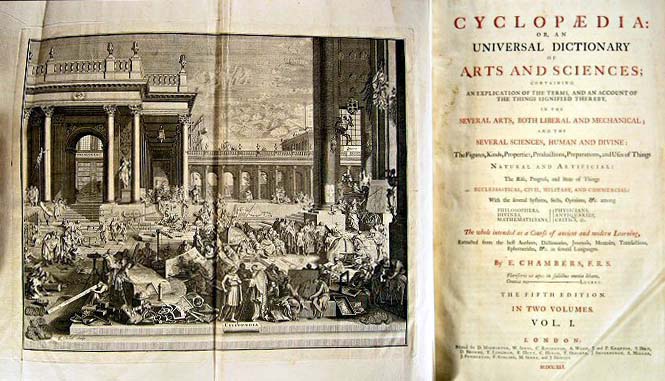
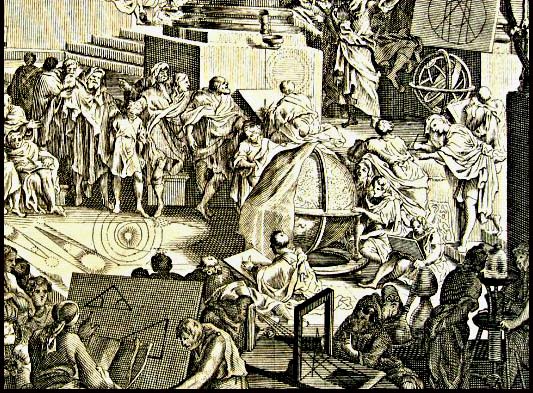
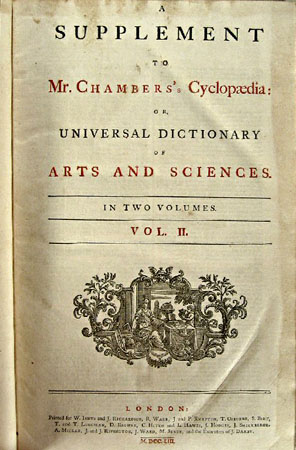
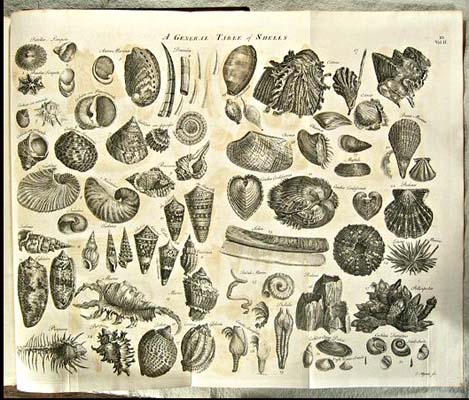
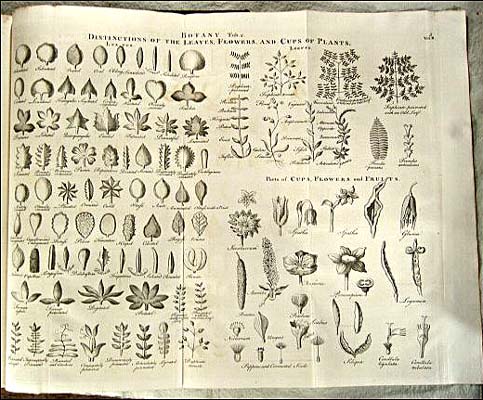


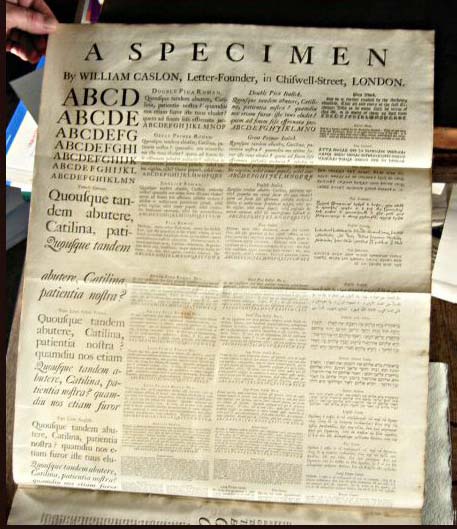

Ephraim Chambers (c.1680-1740), apprenticed to a London cartographer, 'was seized by the idea that Harris's Lexicon needed bringing up to date and that he was the man to do this 'work so seemingly disproportionate to any single person's experience. A good French scholar, he adapted MorÈri and Bayle to the common-sense climate of the English Enlightenment. Moreover, he introduced a novel device that has proved indispensable to every subsequent lexicographer and encyclopaedist, namely, cross-references; so that "a chain may be carried on from one end of an art to the other". 'Though to Harris must go the honours of compiling the first true English encyclopaedia, Chambers is clearly the father of the modern encyclopaedia throughout the world' (Collison, p. 103). Regarding this fundamentally important work, Walsh has written: 'Although the Cyclopaedia is now but a landmark in the history of encylopedia publishing, its impact and influence upon later generations was incalculable. It directly influenced the famous French EncyclopÈdie of Diderot, and the New Encylopaedia compiled by Abraham Rees and published between 1802 and 1820 ... Less directly, the pioneering example of the Cyclopaedia stimulated the publication of the Encylopaedia Britannica and many subsequent works'
futher notes
Bookseller Notes
| see more Chambers's CYCLOPAEDIAS | Go to Paradise Islands |